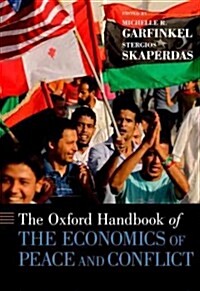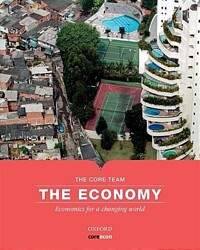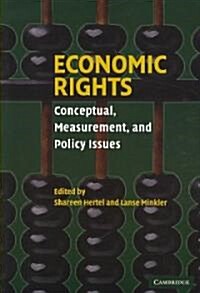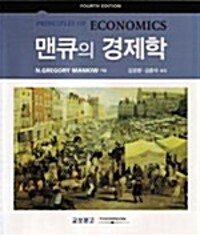
단행본
The Oxford handbook of the economics of peace and conflict
- 발행사항
- New York: Oxford University Press, 2012
- 형태사항
- 874p. : ill; 26cm
- ISBN
- 9780195392777
- 청구기호
- 320 G231t
- 서지주기
- Includes bibliographical references and index
소장정보
| 위치 | 등록번호 | 청구기호 / 출력 | 상태 | 반납예정일 |
|---|---|---|---|---|
이용 가능 (1) | ||||
| 1자료실 | 00015438 | 대출가능 | - | |
이용 가능 (1)
- 등록번호
- 00015438
- 상태/반납예정일
- 대출가능
- -
- 위치/청구기호(출력)
- 1자료실
책 소개
This Handbook brings together contributions from leading scholars who take an economic perspective to study peace and conflict. Some chapters are largely empirical, exploring the correlates and quantifying the costs of conflict. Others are more theoretical, examining the mechanisms that lead to war or are more conducive to peace.
Social scientists and policy makers have long been interested in the causes and consequences of peace and conflict. This handbook brings together contributions from leading scholars who take an economic perspective to study the topic. It includes thirty-three chapters and is divided into five parts: Correlates of Peace and Conflict; Consequences and Costs of Conflict; On the Mechanics of Conflict; Conflict and Peace in Economic Context; and Pathways to Peace. Taken together, they demonstrate not only how the tools of economics can be fruitfully used to advance our understanding of conflict, but how explicitly incorporating conflict into economic analysis can add substantively to our understanding of observed economic phenomena. Some chapters are largely empirical, identifying correlates of war and peace and quantifying many of the costs of conflict. Others are more theoretical, exploring a variety of mechanisms that lead to war or are more conducive to peace.
Social scientists and policy makers have long been interested in the causes and consequences of peace and conflict. This handbook brings together contributions from leading scholars who take an economic perspective to study the topic. It includes thirty-three chapters and is divided into five parts: Correlates of Peace and Conflict; Consequences and Costs of Conflict; On the Mechanics of Conflict; Conflict and Peace in Economic Context; and Pathways to Peace. Taken together, they demonstrate not only how the tools of economics can be fruitfully used to advance our understanding of conflict, but how explicitly incorporating conflict into economic analysis can add substantively to our understanding of observed economic phenomena. Some chapters are largely empirical, identifying correlates of war and peace and quantifying many of the costs of conflict. Others are more theoretical, exploring a variety of mechanisms that lead to war or are more conducive to peace.



